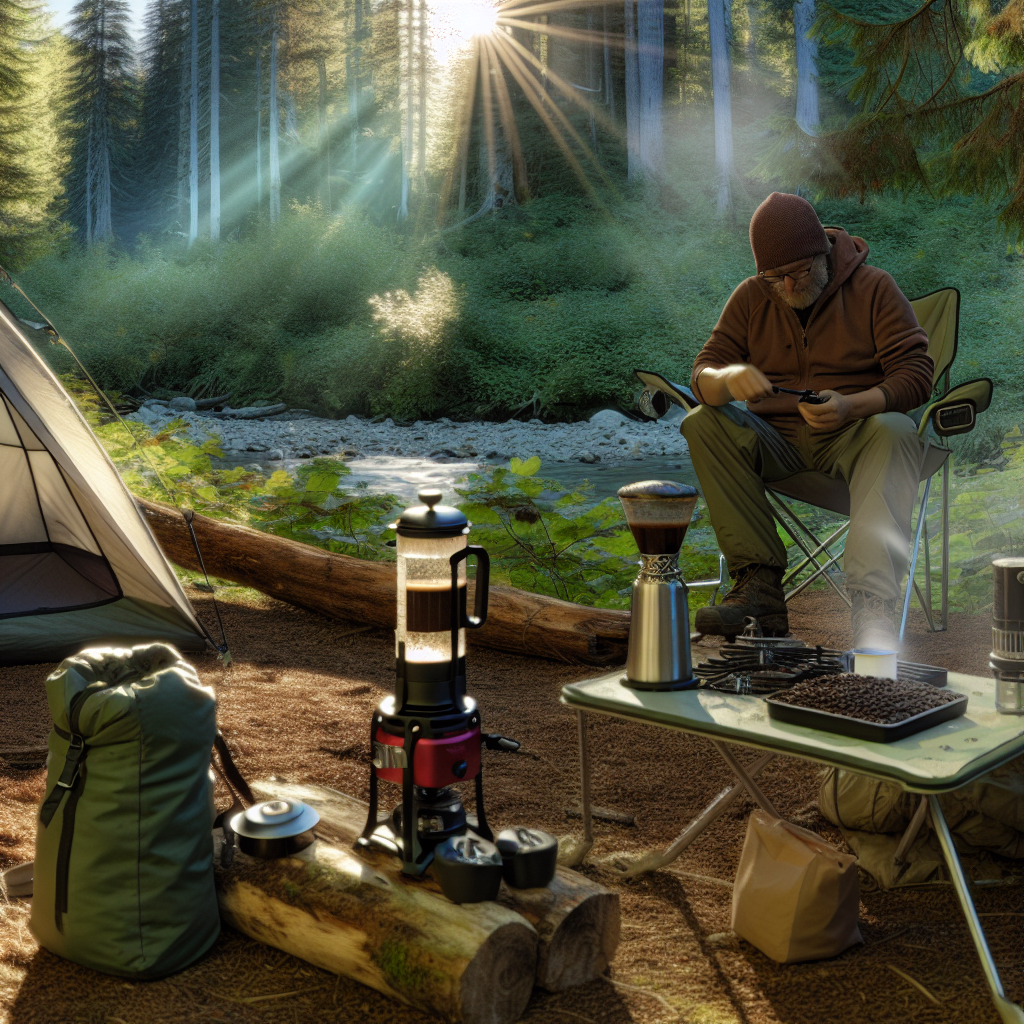Caving, also known as spelunking, is a thrilling and adventurous activity that allows individuals to explore the hidden wonders of underground caverns and tunnels. However, the inherent dangers of these subterranean environments necessitate rigorous safety measures, one of the most critical being the use of a reliable caving helmet. In this article, we delve into the importance of caving helmets, their key features, and how to choose the best one for your underground adventures.

Why are Caving Helmets Essential?
One might wonder, “Why are caving helmets so indispensable when exploring caves?” The answer lies in the unique hazards presented by cave environments. Unlike typical outdoor activities, spelunking involves navigating through tight passages, low ceilings, and unpredictable terrain. Here are some primary reasons why a caving helmet is an absolute necessity:
1. Protection from Falling Debris
Caves are dynamic environments where rockfalls and loose stones can pose significant risks. Falling debris can cause severe head injuries if appropriate protection is not worn. A caving helmet is designed to withstand impacts and shield the head from such dangers.
2. Preventing Head Injuries from Collisions
Caving often involves crawling through narrow passages, climbing, and squeezing through tight spaces. The likelihood of accidentally bumping your head against rocky surfaces is high. A helmet provides a solid barrier that absorbs the impact, preventing potential concussions and other head injuries.
3. Attachment of Essential Equipment
Modern caving helmets come equipped with mounts and brackets for attaching headlamps and other essential gear. Good visibility is crucial in the dark, labyrinthine environments of caves, and having a hands-free lighting solution attached to your helmet is invaluable.
Features to Look for in a Caving Helmet
Choosing the right caving helmet involves considering several key features. Here are some factors to keep in mind to ensure you select a helmet that provides optimal safety and comfort:
1. Durability and Material Quality
The helmet should be made from high-quality, robust materials that can withstand the rigorous conditions of caving. Look for helmets constructed from polycarbonate or ABS plastic, as these materials offer excellent impact resistance.
2. Fit and Comfort
A helmet that does not fit properly can be both uncomfortable and unsafe. Many helmets come with adjustable straps and padding to ensure a snug fit. It’s crucial to try on the helmet and adjust it for a secure, comfortable fit before heading into a cave.
3. Ventilation
Caves can be humid and stuffy, making ventilation an important feature. Helmets with built-in ventilation systems help to keep your head cool and comfortable during extended periods of exploration.
4. Headlamp Compatibility
Since visibility is paramount in dark cave environments, ensure the helmet you choose has a secure mount for attaching a headlamp. Some helmets come with integrated headlamps, while others have mounts compatible with a variety of lighting options.
Tips for Using and Maintaining Your Caving Helmet
A caving helmet is an investment in your safety, and it’s essential to take proper care of it to ensure it provides reliable protection over time. Here are some tips for using and maintaining your caving helmet:
1. Regular Inspections
Before each caving expedition, inspect your helmet for any signs of damage or wear. Look for cracks, dents, or any compromised areas that could affect its ability to protect your head.
2. Proper Cleaning
After each use, clean your helmet with mild soap and water to remove dirt and grime. Avoid using harsh chemicals or solvents that could degrade the materials.
3. Safe Storage
Store your helmet in a cool, dry place away from direct sunlight. Exposure to extreme temperatures and UV light can weaken the materials over time.
4. Replacement
Even the best caving helmets have a finite lifespan. Follow the manufacturer’s recommendations for when to replace your helmet, typically every 3-5 years, or sooner if it shows any signs of significant damage or wear.
Conclusion: Prioritizing Safety with Caving Helmets
In conclusion, caving helmets are more than just an accessory; they are a critical piece of safety equipment that can make the difference between an exhilarating adventure and a dangerous mishap. By understanding their importance, knowing what features to look for, and maintaining them properly, you can ensure that your spelunking experiences are both safe and enjoyable. So, next time you venture into the mysterious underworld of caves, remember to gear up with a quality caving helmet and prioritize your safety. Happy caving!



